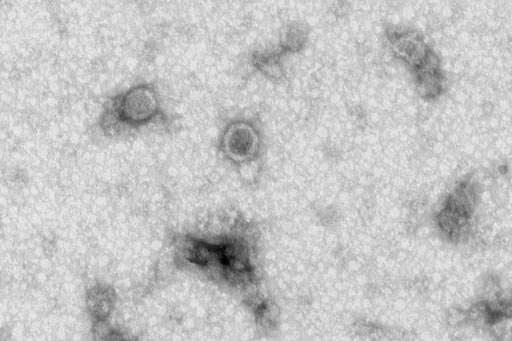Transferred MicroRNAs Modulate Insulin Sensitivity in Models
By LabMedica International staff writers
Posted on 03 Oct 2017
Studies using mouse models revealed that certain microRNAs (miRNAs) capable of modulating glucose metabolism were transferred via exosomes from adipose tissue macrophages to insulin target cells where they induced insulin resistance or sensitivity.Posted on 03 Oct 2017
MicroRNAs (miRNAs) are a family of noncoding 19- to 25-nucleotide RNAs that regulate gene expression by targeting messenger RNAs (mRNAs) in a sequence specific manner, inducing translational repression or mRNA degradation, depending on the degree of complementarity between miRNAs and their targets. Many miRNAs are conserved in sequence between distantly related organisms, suggesting that these molecules participate in essential processes. In fact, miRNAs have been shown to be involved in the regulation of gene expression during development, cell proliferation, apoptosis, glucose metabolism, stress resistance, and cancer.

Image: A scanning electron micrograph (SEM) showing the morphology of the bright and round shaped exosomes (Photo courtesy of the University of California, San Diego).
Exosomes are cell-derived vesicles that are present in many and perhaps all biological fluids, including blood, urine, and cultured medium of cell cultures. The reported diameter of exosomes is between 30 and 100 nanometers, which is larger than low-density lipoproteins but much smaller than red blood cells. Exosomes, which contain RNA, proteins, lipids, and metabolites that are reflective of the cell type of origin, are either released from the cell when multivesicular bodies fuse with the plasma membrane, or they are released directly from the plasma membrane. Exosomes have specialized functions and play a key role in coagulation, intercellular signaling, and waste management.
Investigators at the University of California, San Diego (USA) worked with lines of genetically obese or lean mice. They reported in the September 21, 2017, online edition of the journal Cell that adipose tissue macrophages (ATMs) in obese mice secreted miRNA-containing exosomes (Exos), which caused glucose intolerance and insulin resistance when administered to lean mice. Conversely, ATM Exos obtained from lean mice improved glucose tolerance and insulin sensitivity when administered to obese recipients.
The investigators found that the microRNA miR-155 was one of the miRNAs overexpressed in obese ATM Exos, and earlier studies had shown that the well-known metabolic protein peroxisome proliferator-activated receptor gamma (PPAR gamma) was a miR-155 target. Furthermore, mice that had been genetically engineered to lack miR-155 were insulin sensitive and glucose tolerant compared to controls.
"The actions induced by exosomes as they move between tissues are likely to be an underlying cause of intercellular communication causing metabolic derangements of diabetes," said senior author Dr. Jerrold Olefsky, professor of medicine at the University of California, San Diego. "By fluorescently labeling cells, we could see exosomes and the microRNA they carry moving from adipose (fat) tissue through the blood and infiltrating muscle and liver tissues."
"This is a key mechanism of how diabetes works," said Dr. Olefsky. "This is important because it pins the pathophysiology of the disease in inflamed adipose tissue macrophages which are making these exosomes. If we can find out which of the microRNAs in those exosomes cause the phenotype of diabetes, we can find drug targets."
Related Links:
University of California, San Diego








 (3) (1).png)




